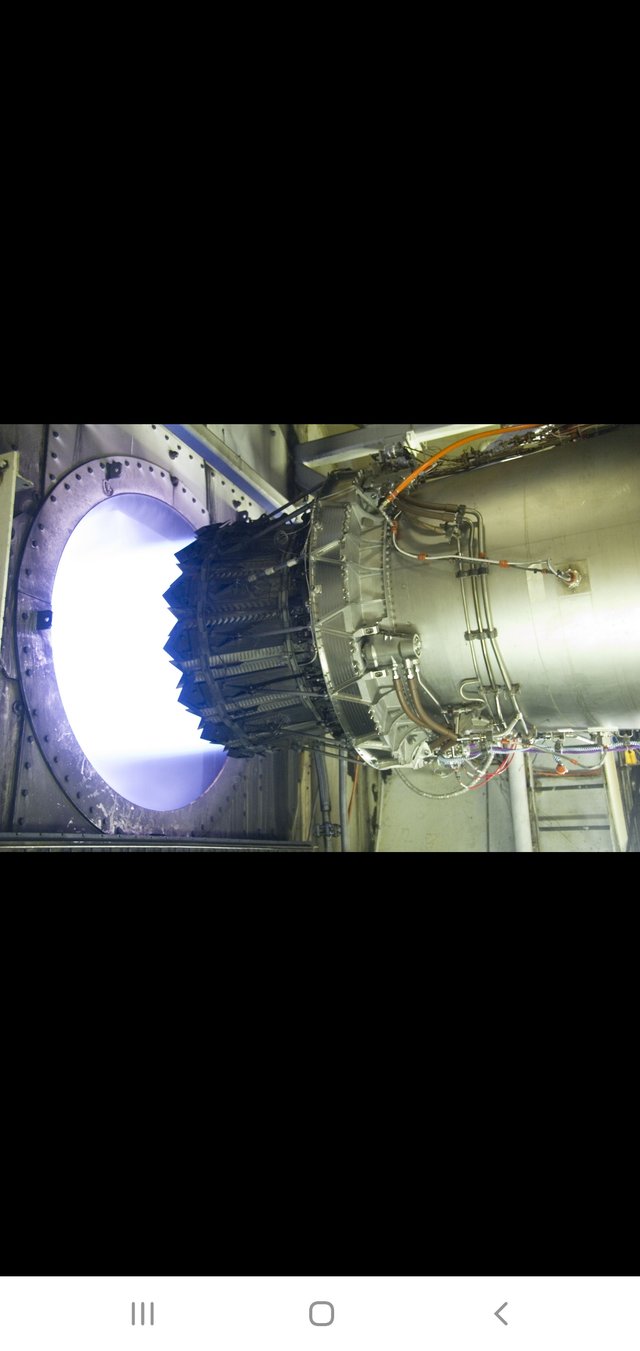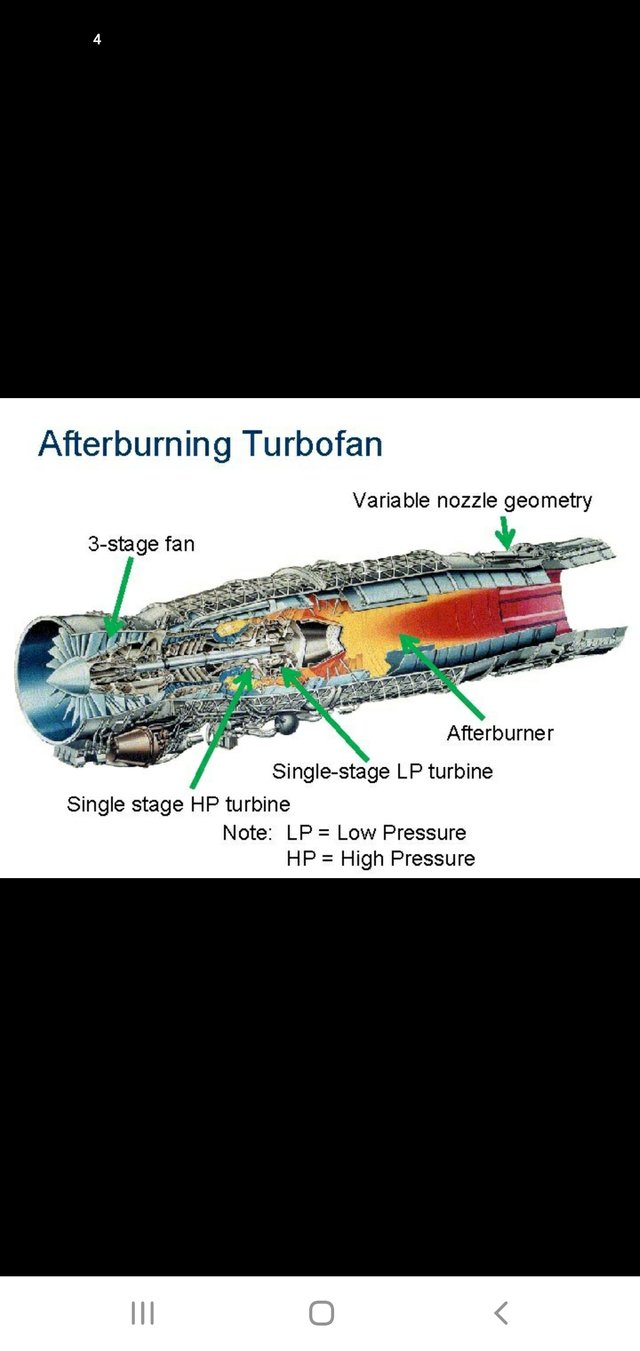Why jet planes are so fast?
So, why are jet engines to powerful? Well, simply put, because they need to be but i'm getting to provides a better answer than that.
To begin, we are getting to check out the propeller. Fundamentally, it's a group of aerodynamically uneven rods that push air in such how that it produces forward thrust. it's more complex than that, but the concept still applies. Props lose efficiency when coming into contact with a supersonic variable, whether it's the propellers moving above Mach 1, or the air around it. this may be a topic for future designs.
The turbojet is that the next iteration of thrust in aviation, which took the propeller concept and increased the amount of them.
The first stage is that the compressor, which is driven by the turbine. It uses a series of fast spinning fans to compress the air the further it goes into the compressor. are often "> this is often also where “bleed air” can be used for other functions on the aircraft.
In the second stage, the Combustion chamber, it uses a fuel injection system system that mixes with the pressurized air, and fires it out of the rear of the engine at extremely high speed. this is often the choice to the piston engine that propeller aircraft use, which uses pistons to ignite incremental amounts of fuel, while this is often endless process.
This is a scary looking diagram, but it can easily be simplified; air is pressurized then shoots out the rear .
At last, we reach the Turbofan, the concept employed by the bulk of fighter . It originated from the turbojet in attempts to form a system more efficient than the turbojet, because it's a really inefficient design at lower speeds. It takes the turbojet and changes the intake system into either one larger fan, like those on commercial airliners, or multiple smaller intake fans. Simply, this decreases the change in pressure and temperature changes from intake to exhaust, making it more fuel efficient, albeit a touch slower.
The design that fighters use is an Afterburning Turbofan, which is simply a Low-bypass turbofan that features a secondary fuel injection system after the combustion chamber which increases temperature and exhaust speed to an extreme degree, and allows many aircraft to travel supersonic speeds at low altitude.
Now that’s a good scarier diagram, but are often made into sense if checked out correctly.
So, hopefully you now know what makes jet engines so powerful, and if not, it's simply just compressed gas being shot out at ludicrous speed. This explanation didn’t even enter detail with engines like Turboprops, Ramjets, Scramjets, and more crazy ways to crash.
I will now list the foremost powerful engine of every type, and what aircraft it's most ordinarily used on.
The most powerful Afterburning Turbofan is that the Kuznetsov NK-32
This behemoth of an engine produces a whopping 55,000 lbf (pounds of thrust) at full afterburner and also holds the record of being the most important low bypass turbofan also . it's most ordinarily used on the Tupolev TU-160 supersonic bomber, which is additionally the most important combat aircraft within the service today.
The most powerful Turbofan is that the General Electric GE90–115b
The big brother of the GE90 family, the 115b produces an unparalleled 129,000 lbf, something that can't be said for the other turbofan. it's most ordinarily used on the Boeing 777–200, which is that the largest airliner that uses two engines.
The most powerful Afterburning Turbofan employed by a fighter jet is that the Pratt & Whitney F-135-PW-100
Famously, the F-35 has an exceptionally powerful engine for it’s design producing 43,000 lbf with it’s afterburner. along side being incredibly efficient. it's a nozzle design that permits it to be one among the stealthiest aircraft within the world.
Unfortunatley I couldn’t find far more information on other engines, mainly because the GE9X was the focus , making research challenging.
I hope this helps!

